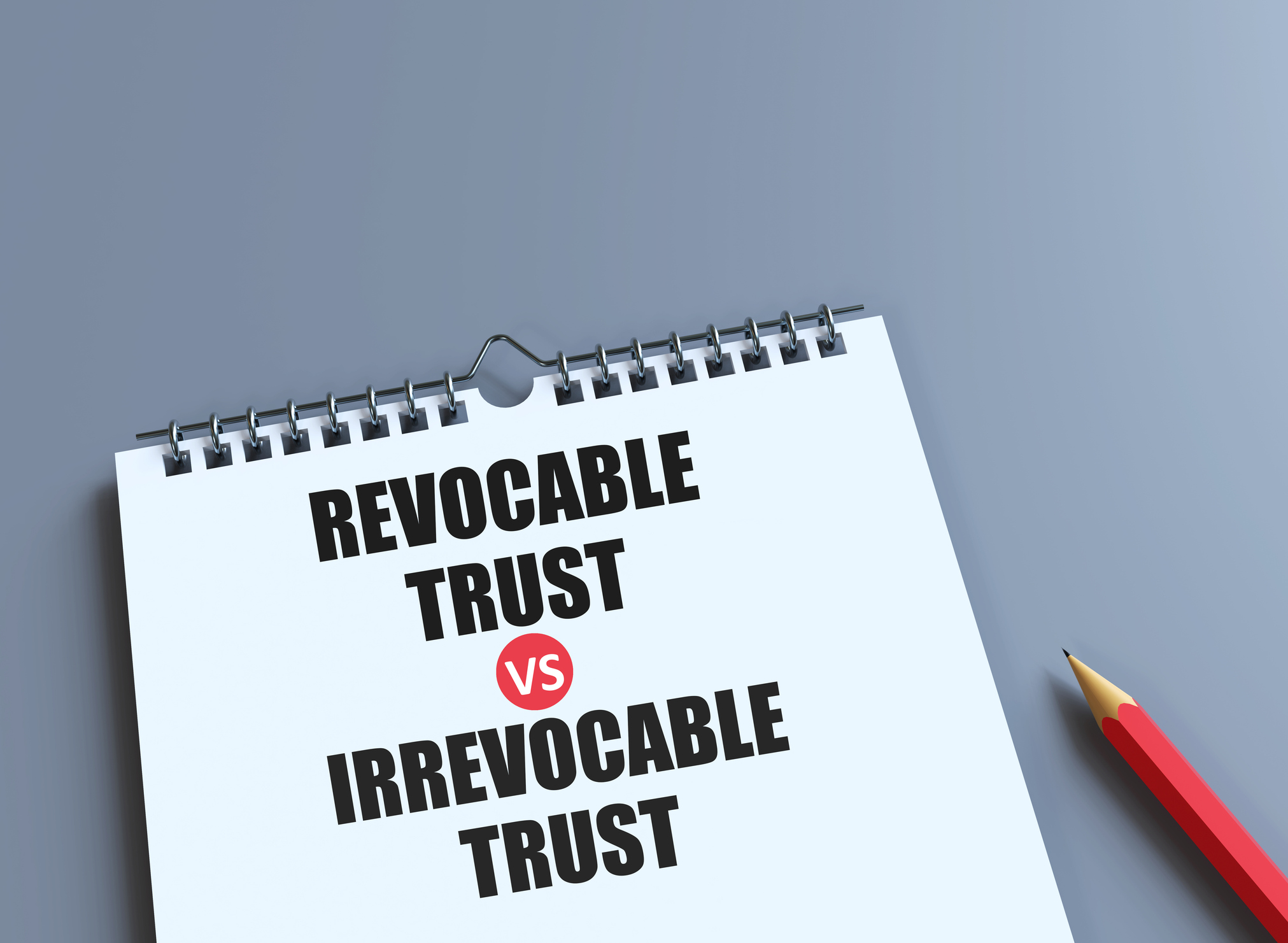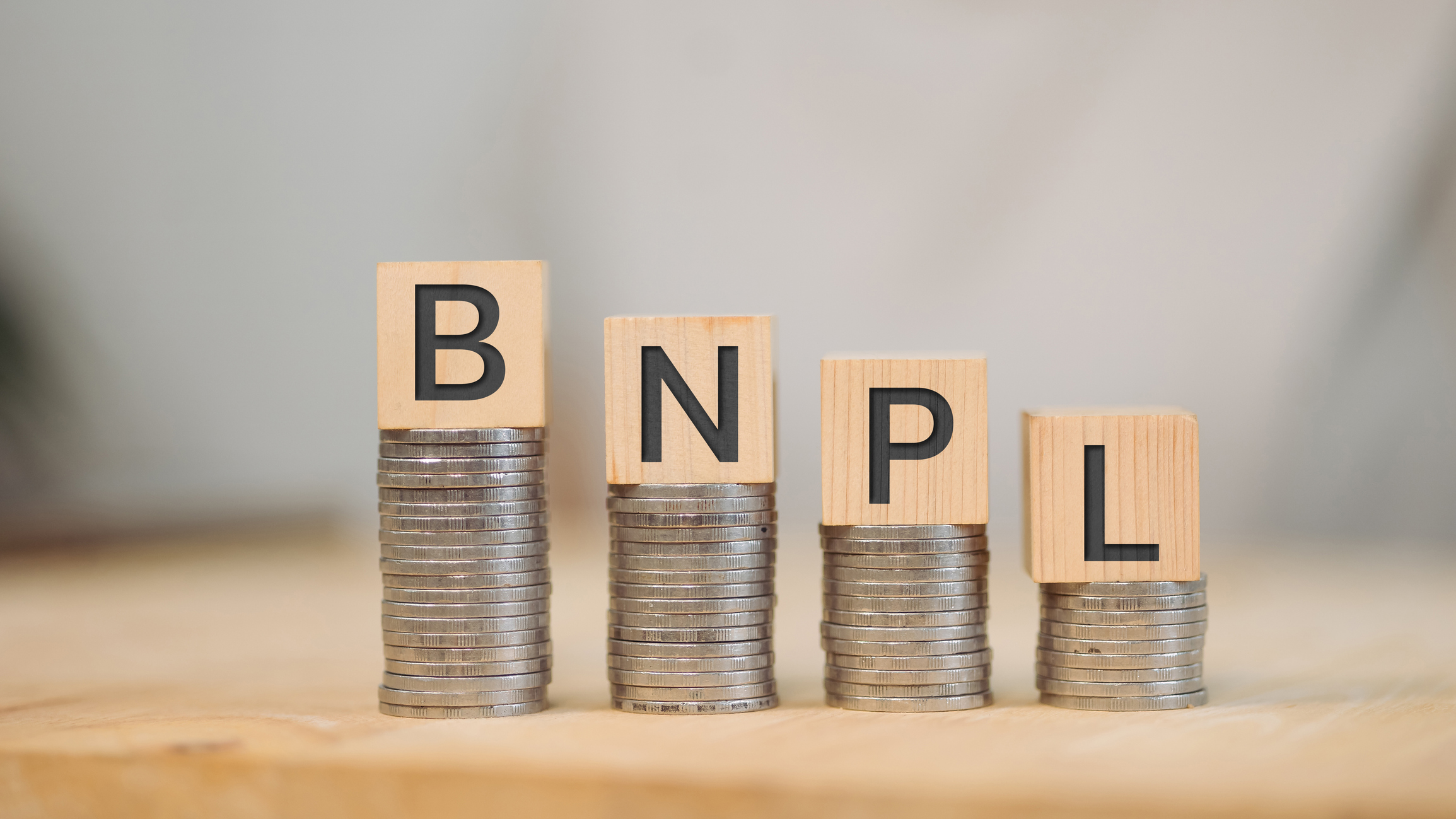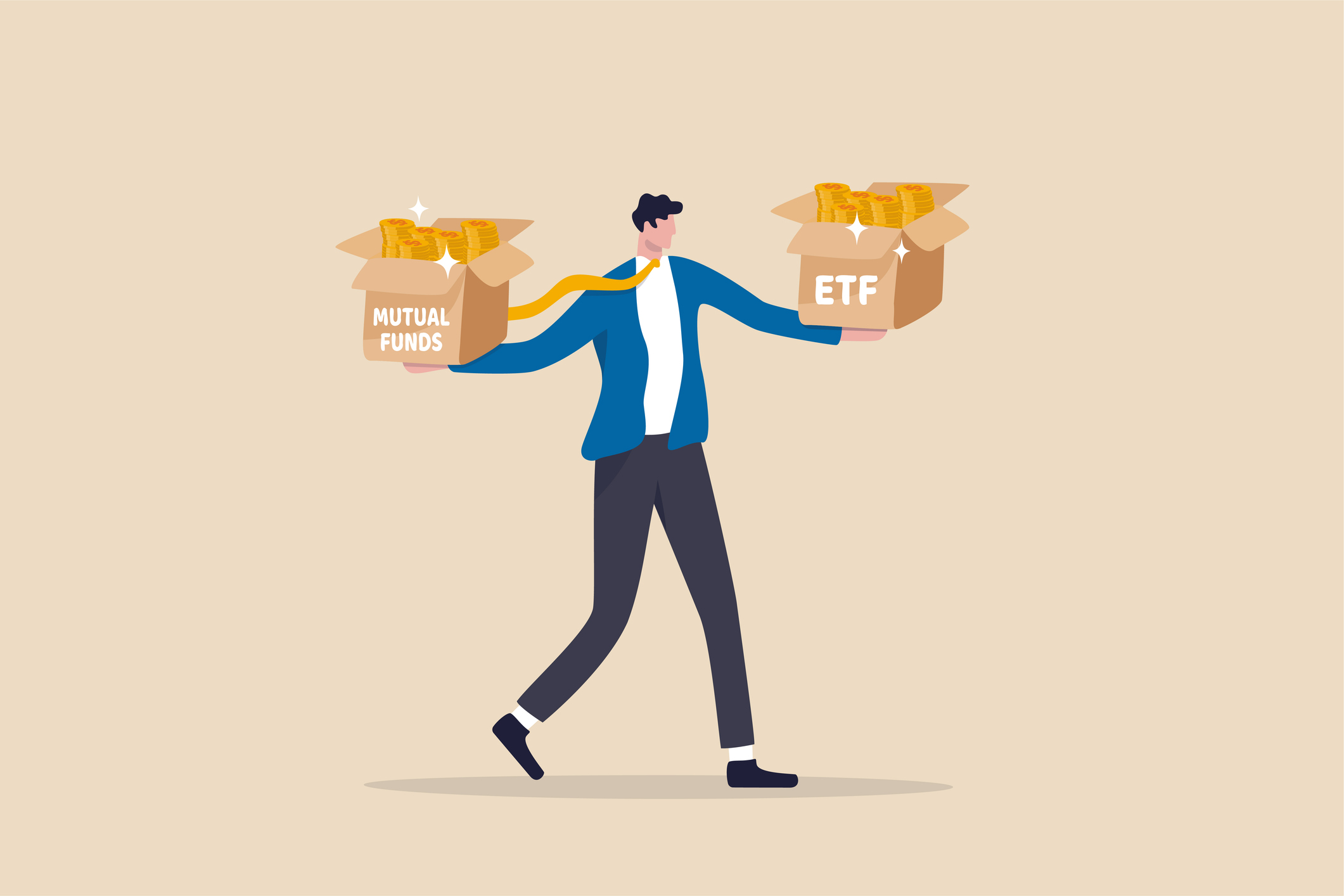Check Out Your Stock's ESG Report Card
A sustainability report offers insights into progress toward environmental, social and corporate governance goals.


Though not exactly page-turners, corporate sustainability reports are must-reads if you want to align your investments with your values.
A sustainability report goes beyond traditional financial numbers to highlight a company's environmental, social and corporate governance (ESG) goals and practices, such as steps taken to reduce carbon emissions, close the gender pay gap or boost the number of minorities on the board.
The report also identifies the ways that broad ESG trends may impact a firm's long-term strategy and outlook, letting stakeholders know the risks and opportunities around ESG, says Maura Hodge, national ESG assurance leader for accounting firm KPMG. "Readers should look to see if the company has embedded ESG into its core business activity," she says.
From just $107.88 $24.99 for Kiplinger Personal Finance
Become a smarter, better informed investor. Subscribe from just $107.88 $24.99, plus get up to 4 Special Issues

Sign up for Kiplinger’s Free Newsletters
Profit and prosper with the best of expert advice on investing, taxes, retirement, personal finance and more - straight to your e-mail.
Profit and prosper with the best of expert advice - straight to your e-mail.
A firm's ESG record has emerged as a key input when choosing investments. U.S. asset managers now manage more than $17 trillion using ESG strategies, up 42% from the start of 2018, according to the Forum for Sustainable and Responsible Investment. And investors are pressuring firms to provide more data and transparency around ESG. Nine out of 10 S&P 500 companies now publish sustainability reports, up from 20% in 2011, according to the Governance & Accountability Institute, a sustainability consulting firm.
Currently, sustainability reports are published voluntarily and measure progress on ESG goals based on standards and metrics developed by nonprofits and independent groups, such as the Value Reporting Foundation, which oversees the Sustainability Accounting Standards Board (SASB). The Global Reporting Initiative (GRI) and the Task Force on Climate-Related Financial Disclosures (TCFD) are others.
These reports, however, aren't required or bound by disclosure rules set by regulators such as the Securities and Exchange Commission. Thus, they lack the standardization (think clarity, consistency and comparability) found in accounting.
"What's needed is standardized reporting, so that you can compare Company A to Company B," says Louis Coppola, executive vice president and cofounder of the G&A Institute.
That's where the Securities and Exchange Commission (SEC) is headed. SEC chair Gary Gensler has asked his staff to come up with new rule recommendations for disclosures related to climate change and human capital management, and to consider rules that would require fund sponsors to show the criteria they're using to market a fund as "sustainable." Lawmakers are also pushing for fuller disclosure. In June, the U.S. House of Representatives passed a bill that requires public companies to annually disclose certain ESG metrics and address how they affect their long-term business strategy.
What to Look for in a Company's Sustainability Report
For now, with regulations and disclosure practices in flux, investors can be susceptible to "greenwashing," which occurs when a company embellishes its ESG profile. You should check to see whether an independent third party has audited a company's report to ensure that its contents are credible, reliable and comparable to peers, says KPMG's Hodge.
Despite their potential shortcomings, however, sustainability reports can provide a lot of insight. Here's what to look for:
The CEO letter
In the CEO letter, the chief executive lays out the company's long-term vision for ESG goals.
"The letter sets the tone," Coppola says. "You can get a good idea of what's important and what the company is focused on."
In PepsiCo's (PEP) "2020 Sustainability Report," for example, CEO Ramon Laguarta writes about the snack and beverage company's commitment to develop green-friendly alternatives to single-use packaging and to work with farmers to make sure acreage is farmed in a sustainable, resilient way.
Materiality section
You'll learn which ESG issues are most important to a company's core business over the long term in this section. It's where the company narrows potentially thousands of ESG issues to a short list of the ones that matter most and shares its plan to mitigate ESG risks.
Risks differ by industry. An oil firm faces different challenges to its business model than, say, an apparel maker, says Carole Laible, CEO of Domini Impact Investments. A Nike (NKE) investor would see less about carbon emissions, for example, and more about products designed in a way to extend their useful life, materials sourcing, supplier relations, disclosure of factory locations and employee wages.
The materiality section is often accompanied by a matrix or plot chart that lists issues the company deems top priorities, with topics shown in the top right quadrant typically the most important.
In TD Bank's (TD) "2020 Environmental, Social and Governance Report," for example, the bank ranks issues such as data security and privacy, sustainable finance, customer experience, talent attraction, and diversity and inclusion as most material.
Readers who find themselves wondering whether a report lacks credibility should look for telltale signs of greenwashing. Red flags include reports that lack a materiality assessment, skimp on data and metrics to measure success, or aren't audited by a third party or benchmarked to standards set by GRI, SASB and TCFD.
Highlights section
Typically found at the front of the report, the highlights provide a high-level overview that shows how a company is progressing toward its ESG goals.
In its "2020 Global Sustainability Report," for example, financial technology company FIS (FIS) reported that it increased the percentage of U.S. women in director-and-above leadership positions by three percentage points in the past year and reduced its energy consumption by 23%.
"Year-over-year data is important to be able to understand a company's risk-mitigation capabilities," Laible says. Similarly, if a company devotes a full chapter to a topic such as "Managing a Sustainably Focused Supply Chain," as FIS does, you can assume it's a top priority.
Content indexes
Look for an index to help you find information on the things that you feel most strongly about, such as a company's workforce diversity, anti-corruption practices or key risks. These index sections are often based on disclosure standards of groups such as GRI and SASB and often provide links to source materials such as an annual report or proxy filing.
"They are great navigational tools," says Coppola.
Data tables
If you want to see the numbers or data points that show, say, the precise percentage of Asian, Black, Latino and white employees at a company or the number of hours devoted to worker training, data tables typically located at the end of the report will allow you to cut right to the chase and avoid having to comb through the full report.
Profit and prosper with the best of Kiplinger's advice on investing, taxes, retirement, personal finance and much more. Delivered daily. Enter your email in the box and click Sign Me Up.

Adam Shell is a veteran financial journalist who covers retirement, personal finance, financial markets, and Wall Street. He has written for USA Today, Investor's Business Daily and other publications.
-
 Control vs Protection Quiz: Which Trust Do You Need?
Control vs Protection Quiz: Which Trust Do You Need?Quiz Take this simple quiz to discover whether a revocable or irrevocable trust should be the cornerstone of your estate plan.
-
 Should You Use Buy Now, Pay Later Options to Finance Your Vacation?
Should You Use Buy Now, Pay Later Options to Finance Your Vacation?Many travel companies are letting users pay in installments. But is "buy now, pay later" a smart financial decision?
-
 Best Mutual Funds to Invest In for 2026
Best Mutual Funds to Invest In for 2026The best mutual funds will capitalize on new trends expected to emerge in the new year, all while offering low costs and solid management.
-
 3 Major Changes Investors Must Prepare for in 2026
3 Major Changes Investors Must Prepare for in 2026A possible stock market bubble. Trump accounts. Tokenized stocks. These are just three developments investors need to be aware of in the coming months.
-
 Government Shutdown Puts IPO Resurgence at Risk
Government Shutdown Puts IPO Resurgence at RiskThe IPO market has been sizzling in recent months, but the government shutdown threatens to put a short-term halt to public offerings. Here's why.
-
 The Most Tax-Friendly States for Investing in 2025 (Hint: There Are Two)
The Most Tax-Friendly States for Investing in 2025 (Hint: There Are Two)State Taxes Living in one of these places could lower your 2025 investment taxes — especially if you invest in real estate.
-
 The Final Countdown for Retirees with Investment Income
The Final Countdown for Retirees with Investment IncomeRetirement Tax Don’t assume Social Security withholding is enough. Some retirement income may require a quarterly estimated tax payment by the September 15 deadline.
-
 Mutual Funds Are About to Get the ETF Treatment. Here's What It Means for Investors
Mutual Funds Are About to Get the ETF Treatment. Here's What It Means for InvestorsThe SEC is expected to decide soon whether mutual funds from dozens of providers can be offered as ETF share classes.
-
 SEC Cracks Down on Misleading Fund Names: The Kiplinger Letter
SEC Cracks Down on Misleading Fund Names: The Kiplinger LetterThe Kiplinger Letter The SEC rules aim to crack down on so-called “greenwashing” — misleading or deceptive claims by funds that use ESG factors.
-
 Bond Basics: Zero-Coupon Bonds
Bond Basics: Zero-Coupon Bondsinvesting These investments are attractive only to a select few. Find out if they're right for you.
-
 Bond Basics: How to Reduce the Risks
Bond Basics: How to Reduce the Risksinvesting Bonds have risks you won't find in other types of investments. Find out how to spot risky bonds and how to avoid them.